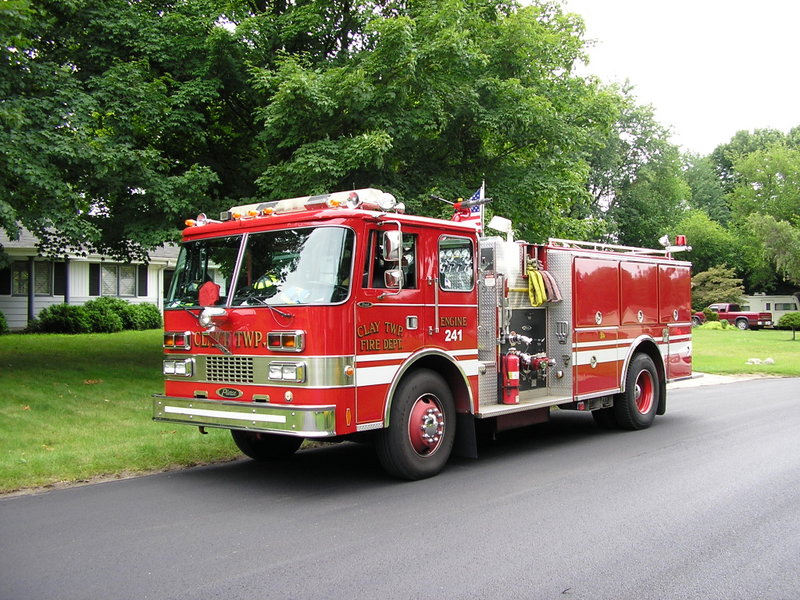Expansion of the Universe
Redshift

The expansion of space redshifts light.
As space expands, light waves get stretched and their wavelengths shift. The more that light is stretched, the longer its wavelengths become, and the color of each wave shifts toward the red end of the light spectrum. We say that this light is redshifted.

A moving fire truck's siren changes pitch as it moves past you. This is known as the Doppler Effect.
To get a better idea of how this actually works, we'll look at a common phenomenon: the Doppler Effect. Imagine you hear a fire truck coming right toward you. As the truck approaches, the pitch of the siren gets higher and higher. As soon as the truck passes you however, the pitch drops lower as the sound fades away.
This common sonic experience, known as the Doppler effect, is analogous to the redshifting of light waves from a moving source. The soundwaves coming toward you were compressed because of the fire truck's velocity. Once it passed, those wavelengths had to stretch out in order to reach you, making the pitch go down. The sound waves shifted to a longer wavelength.
Light: Our Window into the Universe
Light emitted from stars or galaxies can be separated into a band of colors, called a spectrum. Each color has an associated wavelength.
This shifting of wavelengths can be observed on a graph. This figure shows spectra of a star and of galaxies with typical redshifted spectral lines given by the equation:
The Redshift Equation
Z=(λ - λ0)/λ0


